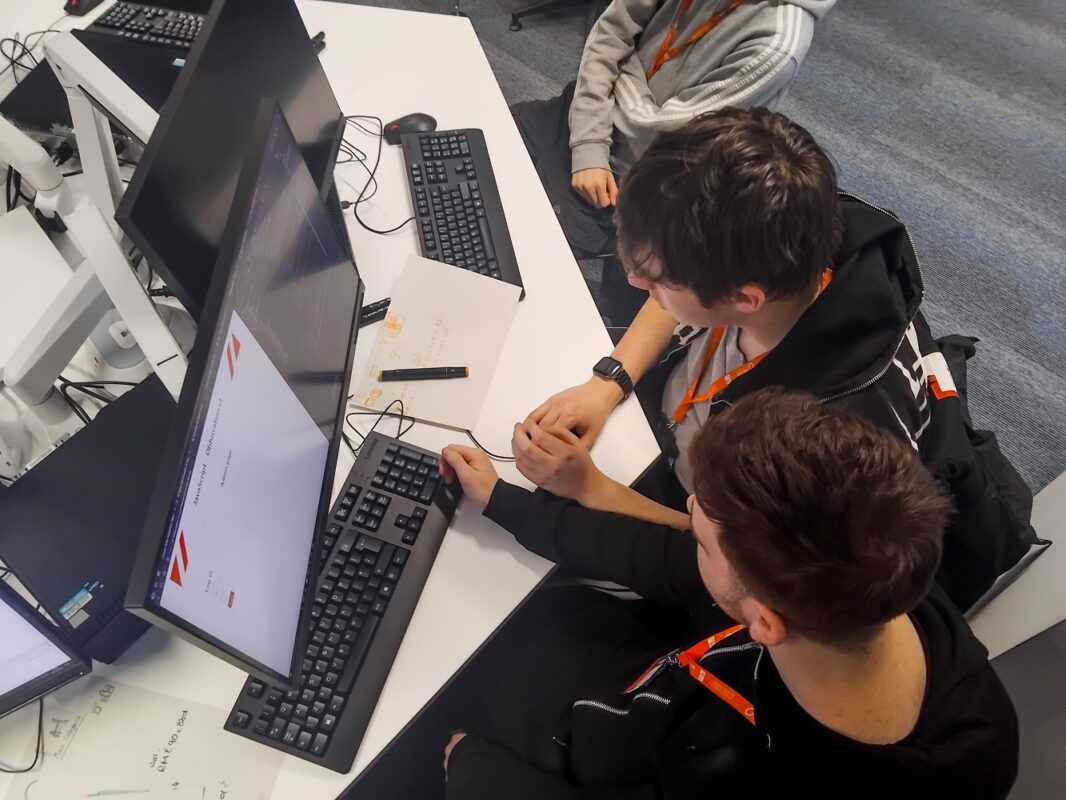Millions of students back in class for first week of full school and college reopening

Figures released by @EducationGovUK today (16 Mar) show attendance levels during the first week back after schools in England fully reopened for all students on 8th March, Over seven million children were back in schools and colleges last week.
Primary schools opened to all pupils on Monday 8 March, and as of Monday 15 March, 94% of children were back in the classroom with their teachers and friends.
Secondary schools had the option to stagger the return of their students over the week beginning 8 March to help facilitate testing for students before they returned to education.
As of 15 March, 89% of secondary school pupils were in school, the highest rate of attendance since the start of the pandemic.
The asymptomatic rapid testing programme is helping stop outbreaks in their tracks and reducing transmission within schools.
Students, school staff and families can have confidence in the lateral flow tests used in the rapid testing programme, after new analysis published last week found the tests result in fewer than one false positive for every 1,000 tests carried out.
Education Secretary Gavin Williamson said:
“It is fantastic to see the overwhelming majority of children have now returned to the classroom, with all the benefits that face-to-face contact with their teachers and friends is proven to bring.
“I do not underestimate the preparation that has taken place to ensure our children could return safely and continue with their education and I am so grateful to the teachers and school staff who have made the transition so seamless – as well as managing testing and maintaining all the wider protective measures still in place to help keep everyone safe.”
Paul Whiteman, general secretary of school leaders’ union NAHT, said:
“Certainly for primary schools the return of all pupils appears to have gone smoothly. Teachers and school leaders have gone out of their way to make it a positive return and these figures show that attendance has been high.
“Secondary schools have faced more significant challenges, particularly in relation to the roll out of mass testing. Organising and administering tests is complex and the government’s muddled messaging about lateral flow tests and PCR tests hasn’t helped, which has been frustrating for schools.
“Above all though, school leaders and their teams were delighted to see so many pupils back in class last week. The government now needs to make sure it is doing everything to keep schools as safe as possible and to keep them open. We also expect them to keep a very close eye on the emerging data and assess the impact of the wider re-opening.
“Government must ensure that schools have the resources they need to fully support pupils socially, emotionally and academically. Without doubt this will require additional funding extending well beyond the current academic year.”
The rapid testing programme in secondary schools and colleges is in place to help find the people who have the virus but who, in one in three cases, do not have symptoms.
After the first three tests have been taken in school or college, students will be provided with tests to use at home on a twice-weekly basis.
Parents and carers of all primary and secondary school children should test themselves via twice-weekly home tests, as the government continues to encourage everyone eligible to access testing to help break chains of transmission and reduce cases of the virus.
Rigorous safety measures remain in place in schools and colleges, including maintaining distance between staff and students where possible, good ventilation and regular hand washing.
Secondary school and college students are also being asked to wear face coverings indoors wherever social distancing cannot be maintained as an additional safety measure, until a review at Easter.
Data published today also shows the department has delivered just under 1.3 million devices, helping children and young people across the country while they were learning remotely and supporting schools with technology for the months and years to come.
All remaining devices are available to order for schools that have not yet done so.
Attendance in education settings since Monday 23 March 2020 and early years settings since Thursday 16 April 2020.
Documents
Attendance in education and early years settings during the coronavirus (COVID-19) outbreak: 23 March 2020 to 11 March 2021
https://explore-education-statistics.service.gov.uk/find-statistics/attendance-in-education-and-early-years-settings-during-the-coronavirus-covid-19-outbreak/2021-week-11
Details
Between March 2020 and the end of the summer term, early years settings, schools and colleges were asked to limit attendance to reduce transmission of coronavirus (COVID-19). From the beginning of the autumn term schools were asked to welcome back all pupils to school full-time. From 5 January 2021, schools were asked to provide on-site education for vulnerable children and children of critical workers only.
The data on explore education statistics shows attendance in education settings since Monday 23 March 2020, and in early years settings since Thursday 16 April 2020. The summary explains the responses for a set time frame.
The data is collected from a daily education settings status form and a weekly local authority early years survey.
Previously published data and summaries are available at attendance in education and early years settings during the coronavirus (COVID-19) outbreak.











Responses